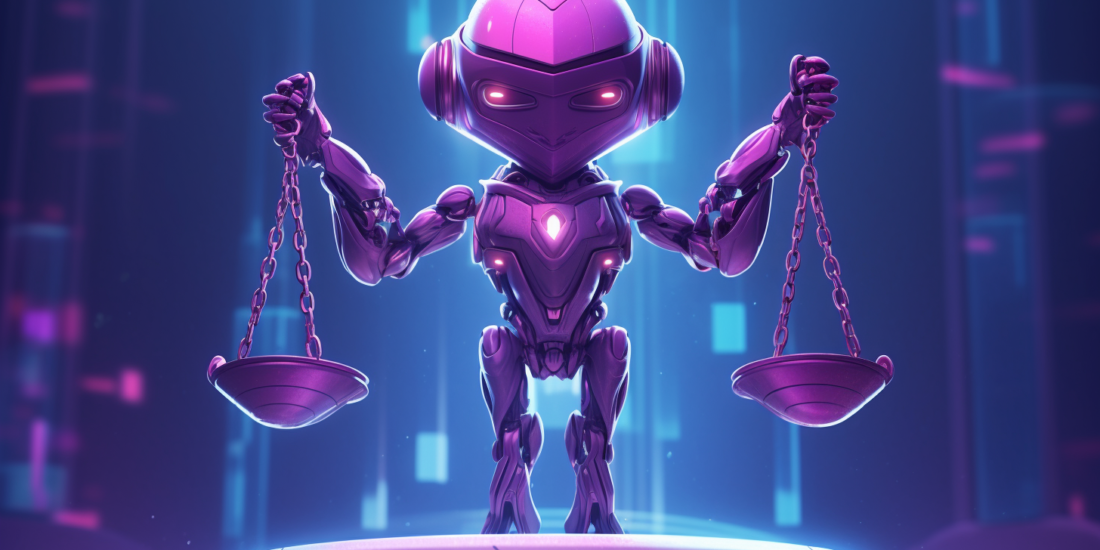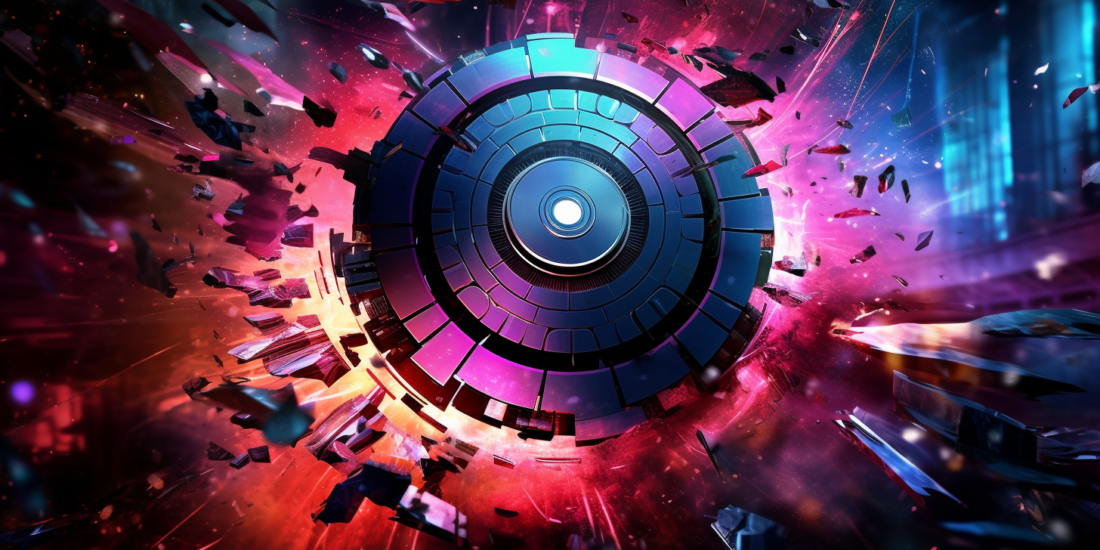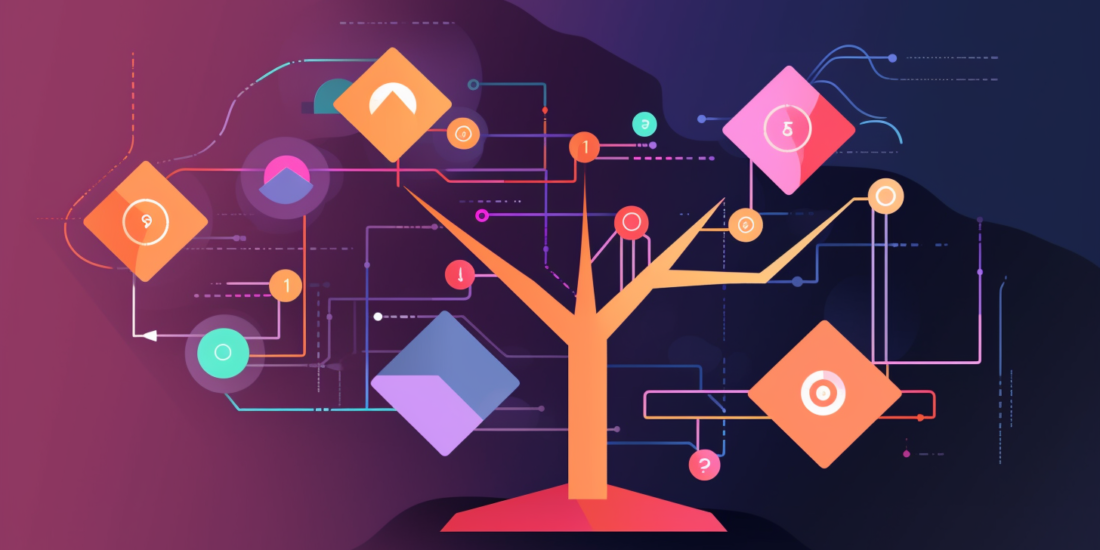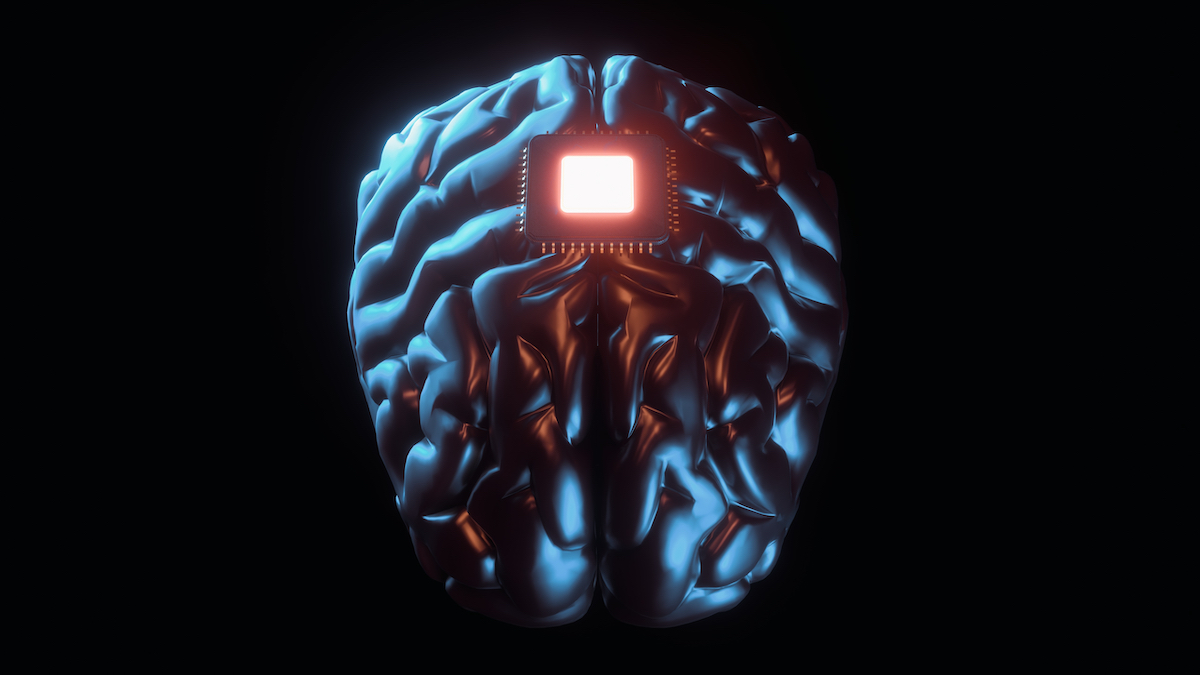
Human translation vs AI
Nowadays no matter what we read, watch or listen to, most of what we consume was made accessible thanks to translation. It allows us to gain access to more knowledge, have a better understanding of other cultures and we get to enjoy the same experience as the original targeted audience.
Furthermore, translation is a powerful tool if you want to expand your business worldwide: more customers, potential sponsors, new opportunities…
However, translating goes way further than you may think. In practice, some companies only rely on Artificial Intelligence (AI) to get the work done, but we’re going to see that it’s not always the best option. Let’s dive into the intricate world of translators and the use of AI, shall we?
Behind and Beyond Words

Before diving into the debate of human translation vs AI, we first need some key terms and concepts to fully understand what we’re dealing with.
- Deep learning: it’s the method used to “feed” the AI with as much content as possible with the aim of becoming more precise while translating. Depending on the field (justice, economy, mechanics, science), you either get mind-blowing results or…the total opposite.
- Revision: the goal is to revise a translation done by a translator. It includes spelling, grammar, but also the overall coherence. The main advantage here is the possibility to give a constructive feedback and communicate with another human being.
- Post-edition: you revise what an AI did. As mentioned right above, the amount of work will heavily depend on how well or poorly the automated translation went. It requires more concentration and improvement since the AI tends to keep the same grammatical structure as the original language you’re working from.
- Localisation: whenever you want to adapt a software, a website or even a video game from a language to another, you have to take into account cultural references (hours, names, humor), spelling, rules and visual harmony.
With that out of the way, it makes us realize that translation is way more dense and diverse as just simply use Google Translate or working one word at a time. It requires general knowledge, a deep understanding on how languages work (aka linguistics), rigorous methods, tools and more.
Automated Translation
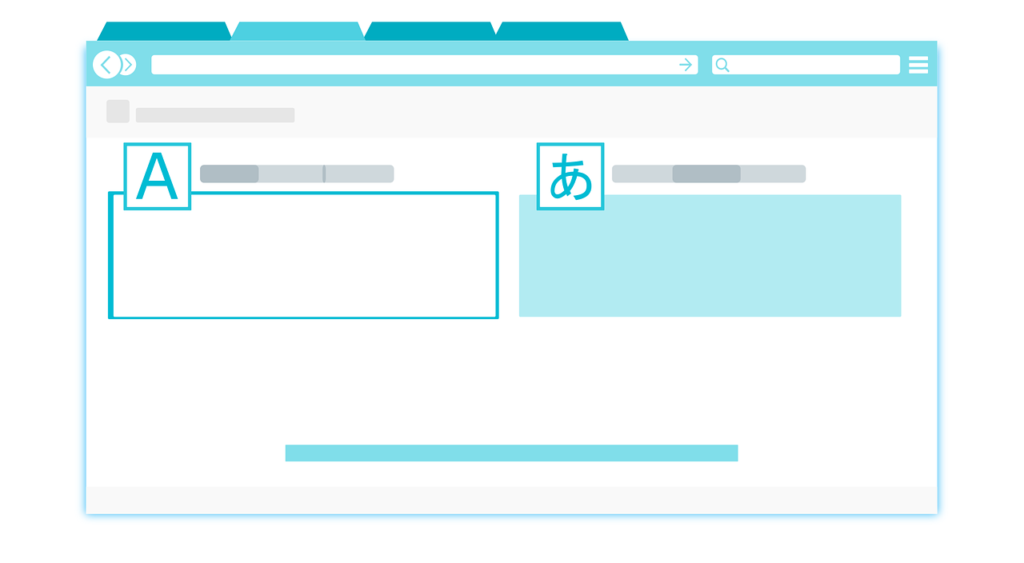
Contrary to popular beliefs, automated translation is not going to “kill” the work of translators. AI did improve a lot, but it’s far from being perfect.
Let’s take two examples: Google Translate and Deepl. The first one is very well known for approximated results, sometimes funny. The reason why is the lack of context and the fact that Google is dealing with almost infinite and constant demands from all around the world. In comparison, the second one shows way better results thanks to deep learning. Plus, you can always click on one word and see other variations available. However, you always have to keep an out for mistakes and there’s always room for quite some improvements.
Teamwork
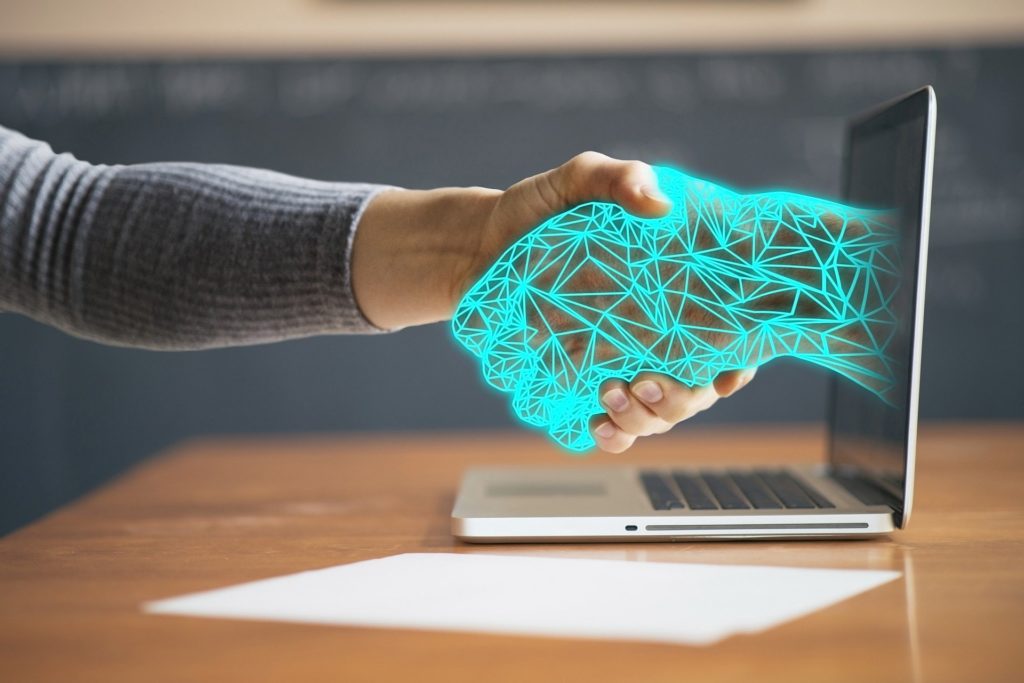
Through time, translation and technology evolved hand in hand, allowing to deliver news, knowledge and entertainment faster than ever. As impressive and innovative as AI can be, it still needs a human touch, a human brain, a perfect mastery of languages and most importantly we need the context.
Let’s see AI as a tool, not as an enemy. So next time you want to translate content for your online shop, think twice before blindly using Google Translate.



